Giro d'Italia 2017: 5 key stages
Giro countdown: 3 days to go!
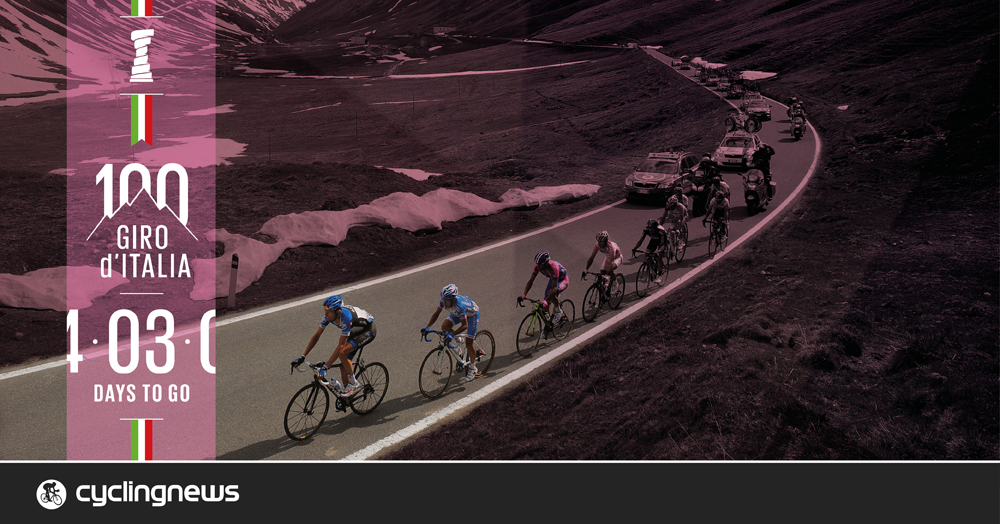

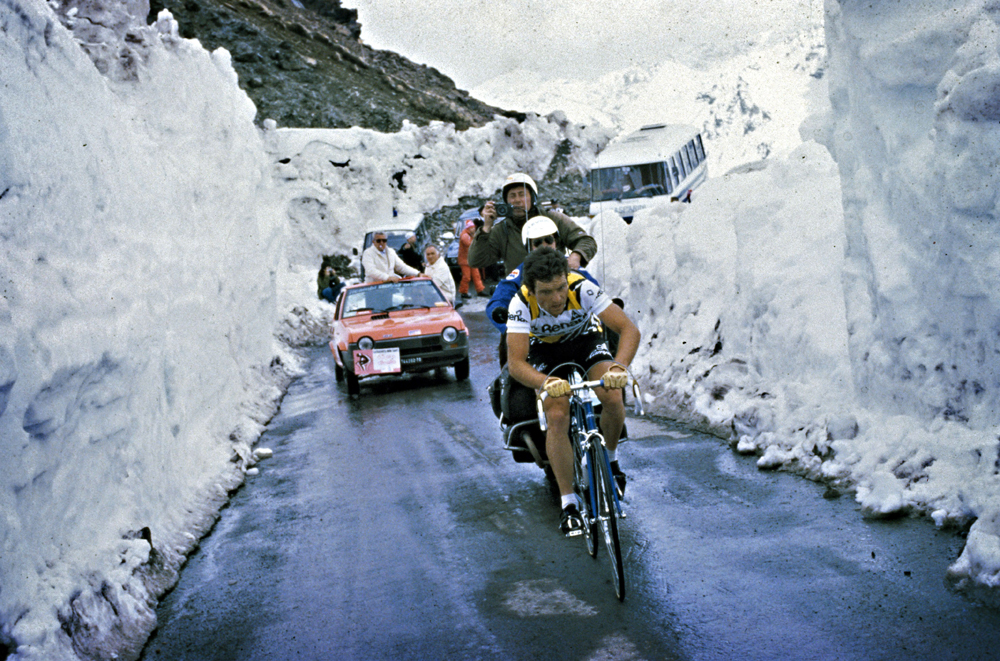
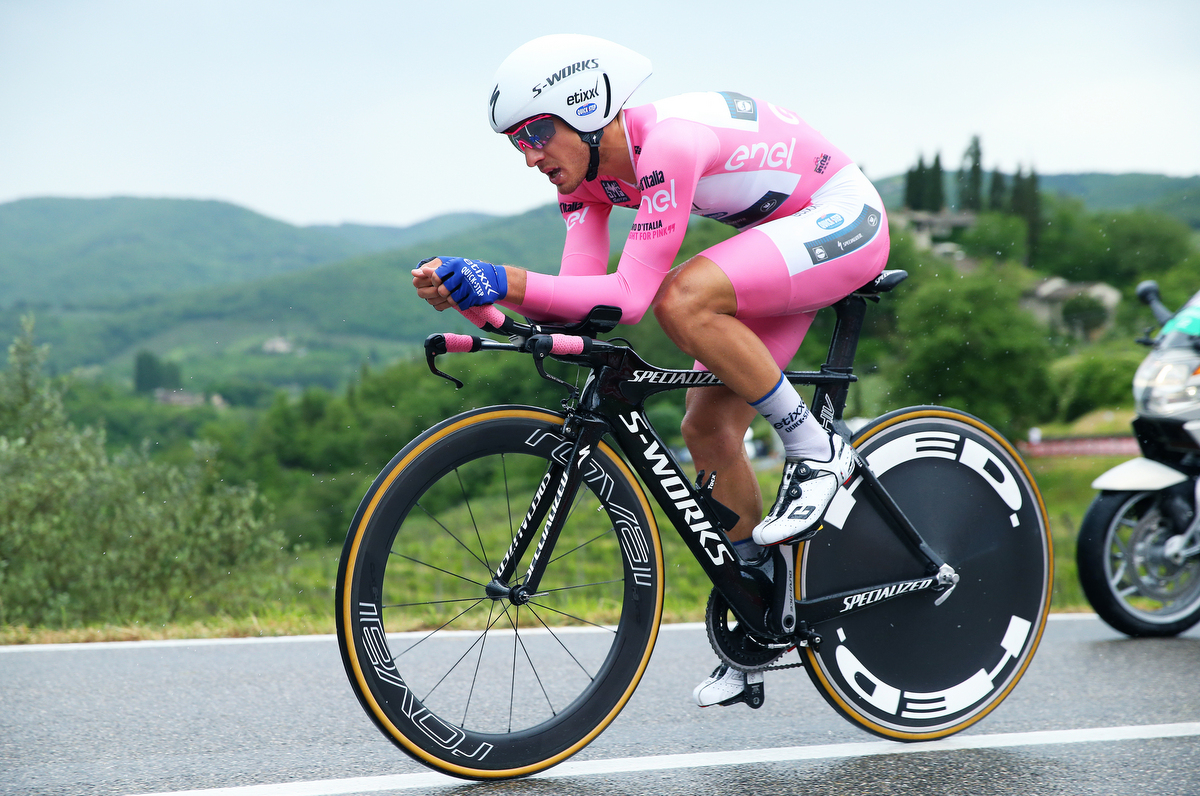
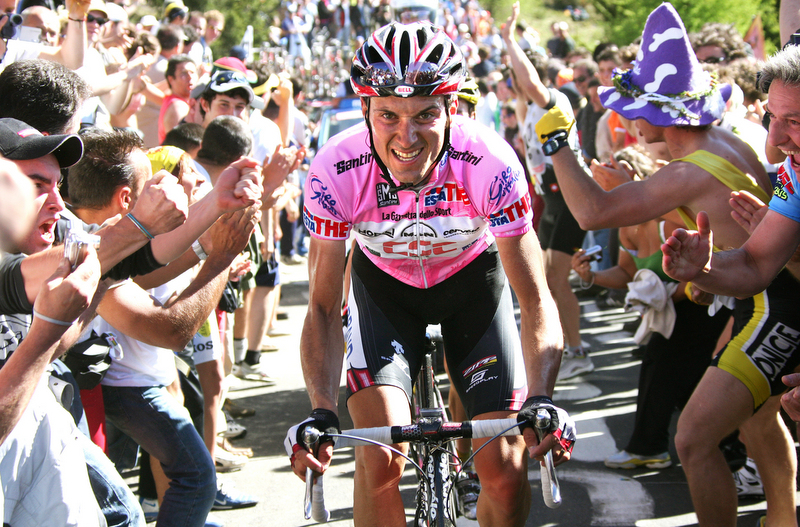
The 2017 Giro d'Italia will cover all but four of the country's regions and will see the riders tackle all manner of terrain. The route is more than 100 kilometres longer than last year's and features eight medium and five high mountain stages, five summit finishes, and two rides against the clock.
Dreaming the impossible dream: Quintana's bid for Giro-Tour glory
Giro d'Italia 2017: The essential guide
Quintana backed by experienced Movistar squad at Giro d'Italia
Giro d'Italia adds new descending classification with segments including Passo dello Stelvio
100th Giro d'Italia classifications demystified
Giro d'Italia descending competition met with resistance from peloton
Cannondale-Drapac heads to Giro d'Italia without a designated leader
This year's race brings with it a plethora of GC talent with a wide variety of skill-sets that could see the advantage swing from one rider to another in the opening weeks. Early big mountain stages will begin the whittling down process and should set the scene for later in the race.
Movistar's general classification contender, Nairo Quintana, believes that the overall winner will be the rider that conquers the mountains, but the lengthy time trials could have something to say about that.
Cyclingnews has selected five stages that could prove crucial in the fight for pink this May.
Stage 9: Montenero di Bisaccia to Blockhaus (149km)
The ride to Mount Etna on stage 4 is the first high mountain stage for the riders to tackle, but it is stage 9 to Blockhaus in the central Apennines that will be the sternest test for the general classification hopefuls in the opening week.
Blockhaus first appeared at the Giro d'Italia back in 1967, and it was a young Eddy Merckx that claimed his first ever Giro stage win. Blockhaus has returned intermittently since then, featuring in a total six editions before now - four times as a stage finish. The last outing was in 2009 when Franco Pellizotti won after a solo break, though his win would eventually be scratched from the records after he recorded irregular values in his biological passport.
The Blockhaus ascent officially begins with just over 13 kilometres to go, but the peloton will have been climbing for close to 20 kilometres before then, and we could see riders struggling before the start of the climb proper. The actual climb itself begins with an average gradient of between six and seven per cent but that rises to almost 10 per cent after the first three kilometres, with peaks of up to 14 at the halfway point.
The latest race content, interviews, features, reviews and expert buying guides, direct to your inbox!
Blockhaus is the only ascent on the day, but the stage has still earned four-star status, the second highest category at the Giro d'Italia. At 149km, it is one of the shortest of the whole race. It was originally planned to be 10km shorter, but it will be no less aggressive for the extra distance. With the second rest day coming the following day, the riders will be able to dig deep in the knowledge that they won't have another big mountain stage to worry about for a few days.
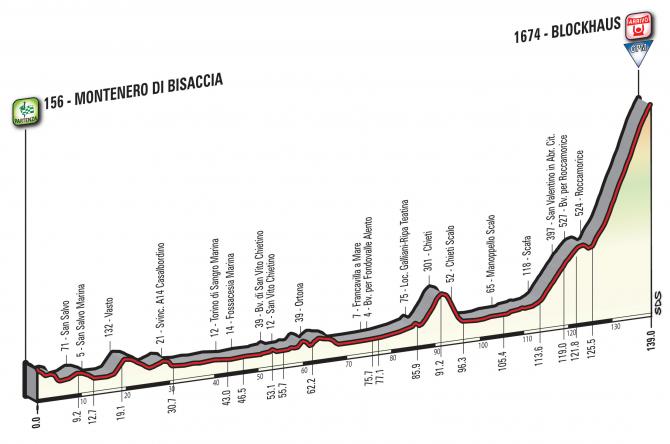
Stage 10: Foligno to Montefalco (39.8km ITT)
This year's Giro d'Italia features two individual time trials and the first comes up immediately following the second rest day. After two summit finishes, it will be an opportunity to level the playing field for some, or perhaps extend an already earned advantage.
Tom Dumoulin took a look at this stage earlier in the season and called it a 'beautiful' course. He described it as not being that technical but "definitely up and down". The time trial starts off on wide and flat roads that lend themselves to those who can churn out the watts. That lasts until the 12-kilometre mark, where the road starts to undulate.
The climbs are not so challenging that the riders will require a road bike, but they make sure that this time trial is not a straightforward test. The first, short ascent rises at an average of four to five per cent before a false flat to San Marco, which is followed by a fast and twisting descent. The road then twists its way through to the second time check 10 kilometres before the finish. The final run to the line is a long drag that will feel like an eternity, and there are a few tight bends in the last few kilometres that could catch some out.
There will be some big losers on this stage, and the result will set up the script for the coming days.
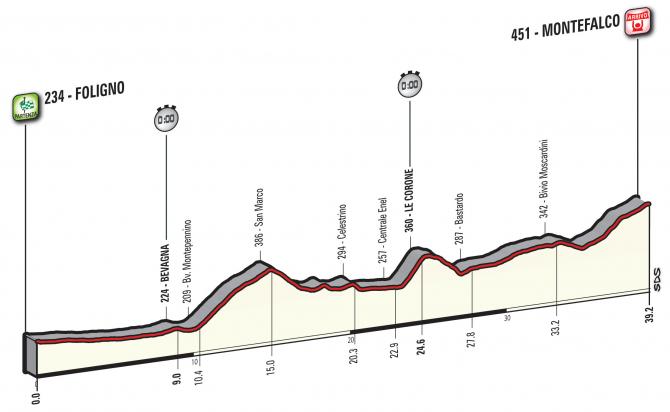
Stage 16: Rovetta to Bormio (222km)
The opener for the final week of action is also the Queen stage, with 222km of action and three first-category climbs, including the Cima Coppi - the highest point in the race. The fact that it comes after the third rest day will be an added challenge for the riders. More often than not, there will be a rider who has fallen ill over the rest day or someone who just doesn't have the legs.
Nobody will want to have a jour sans here, as huge time gaps are a likelihood. Starting in Rovetta, the riders take on a short 10km descent, followed by a gentle rise towards the first climb of the day. The Passo del Mortirolo would easily be the centrepiece for a stage, but on this day it is a mere appetiser. The climb will be tackled from the south side for the first time since the its Giro debut in 1990. It is a steady ascent of almost eight per cent for the first nine kilometres. It levels out briefly, providing a short bit of respite, before sharply rising to gradients of up to 16 per cent.
A sweeping descent towards Grosio follows before passing through the finish line in Bormio. The famous Stelvio rears up in front of the peloton as the route begins a brutish 100km circuit in the Eastern Alps. The 21km ascent is the second highest in the Alps and has 48 hairpins cut into the side of the mountain. A technical descent brings the race into Switzerland and the riders will then head up to the top of the Stelvio for a second time, this time from the Swiss side via the Umbrailpass, a 13km ascent that averages 8-9 per cent. That is followed by a 20km descent to the finish, where riders such as Vincenzo Nibali will be looking to push home an advantage.
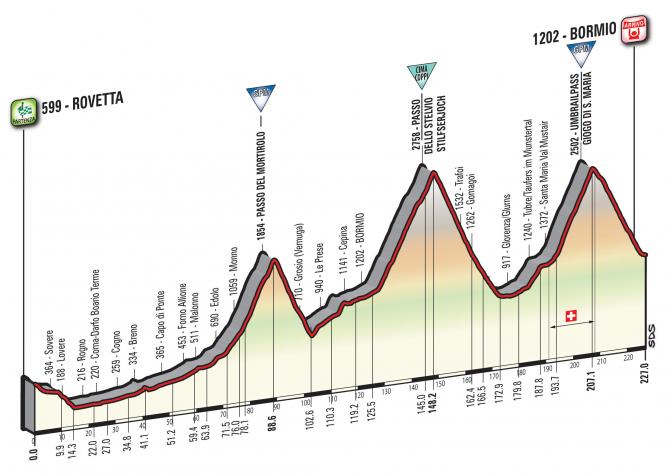
Stage 18: Moena to Ortisei/St. Ulrich (137km)
The final week of the Giro d'Italia is a relentless attack of big mountain stages, with four out of six going into the high mountains. Stage 18 sits at the start of a run of three such stages and, while it is the shortest road stage of the entire race, it packs a punch.
Five climbs and 4,000 metres of ascent have been packed into the 137 kilometres, including two first-category ascents. Short stages usually mean action from the very start and, with so much climbing shoehorned into so few kilometres, it is possible to turn the race on its head here.
There is hardly a flat bit of road along this route, and there are plenty of points that riders could use as a springboard for an attack. To fit it all of the ascending in, the riders will begin climbing right from the off. The road rises steadily until the first climb of the Passo di Pordoi at the 14km point. The Passo Valparola, the Passo Gardena and the Passo di Pinei Panidersattel follow before the final first-category rise of Pontives. With less than a kilometre to go, the course sets out on a short descent over paved roads before it heads back onto the tarmac for a flat final 150 metres.
We will hopefully see those further down the top 10 attempting to put their rivals in trouble with attacks early in the stage.
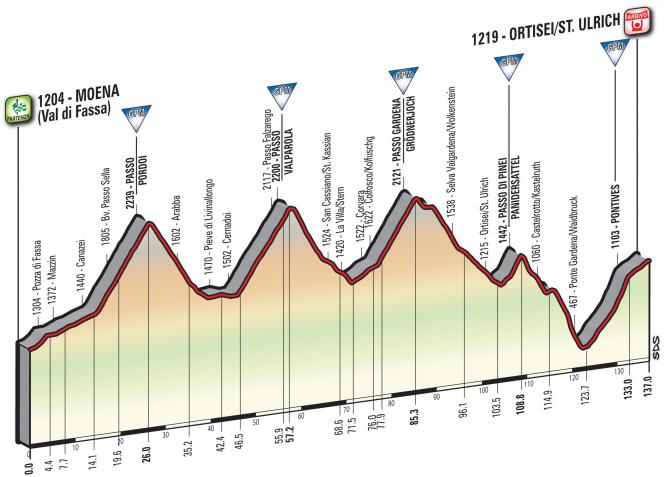
Stage 21: Monza to Milan (28km ITT)
The final stage of the Giro d'Italia will be no parade, and victory will still be possible for those left behind in the mountains. For the first time since 2012, the race will finish with a time trial. At 29km, it's a touch longer than the course laid out in front of the 2012 participants. Its trajectory is also downhill, compared to the flat offering five years hence and, though there are some tricky corners, it should be a fast and furious affair.
Coming at the end of three tough weeks of racing, this will not be straightforward, and upsets are certainly possible. We will have to wait and see what the time gaps are after the final mountain stage, but 2012 has shown us that it is possible to come back and take victory, even if you've lost out in the mountains.
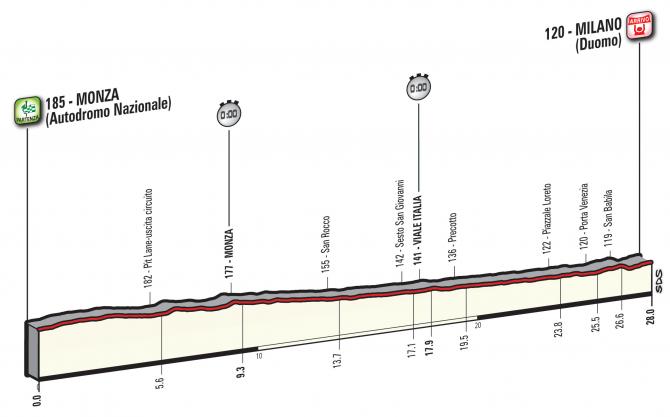
Born in Ireland to a cycling family and later moved to the Isle of Man, so there was no surprise when I got into the sport. Studied sports journalism at university before going on to do a Masters in sports broadcast. After university I spent three months interning at Eurosport, where I covered the Tour de France. In 2012 I started at Procycling Magazine, before becoming the deputy editor of Procycling Week. I then joined Cyclingnews, in December 2013.